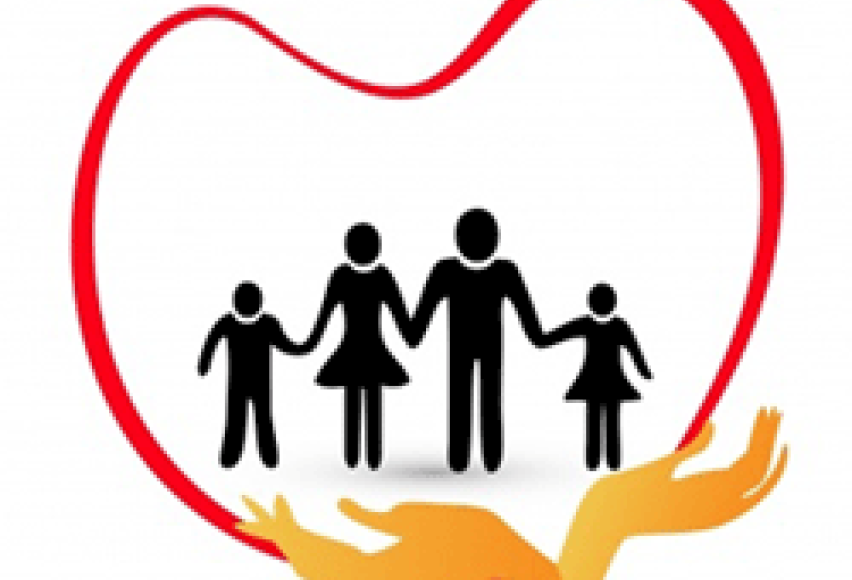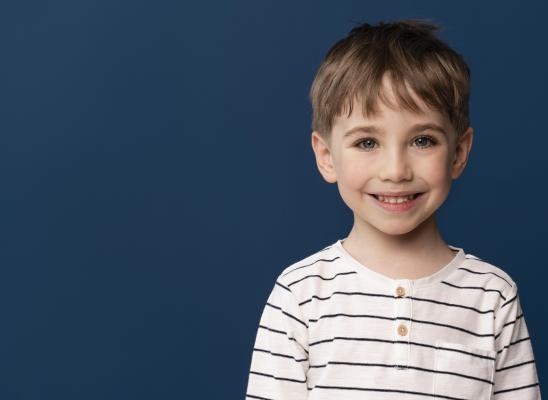Trichotillomania Treatment for Children

Online test
Find out the severity of your symptoms with this free online test
Trichotillomania is a disorder that can afflict a person over the course of a lifetime. Yet even though it can present itself at any point in a person’s life, it is a condition that tends to get associated with young people. The reason for this association is statistically justified, as the following metrics are tied to the disorder:
- The peak age of the disorder’s onset is between 9 and 13 years old.
- The peak age range reaches its apex between 12 and 13 years old.
- The disorder may be present in a person as early as the infantile stage.
Because trichotillomania can be so prevalent amongst children, a lot of the treatments have been designed to treat the disorder at a younger age level. The trichotillomania treatment for children shares the same basic concepts and philosophies of the cognitive behavioral approach that is used for adults, yet they have been modified to meet the needs of the appropriate age range.
Treatment for 0-5 Year Olds
Trichotillomania can present itself almost as soon as a child enters the world; when it does manifest this early, it is sometimes referred to as “baby trich.” As is the case with most everything at this stage of life, therapy involving the children at this age must be done with primary involvement from the parents. Because children in this age range are so dependent on their parents, it is important to have the parents establish the structure of the treatment at home, and then guide and pace the treatment at a pace that is consistent with their current developmental speed. Although it is ultimately the parent’s responsibility to oversee and manage the treatment process at this stage, it should be noted that their actions should be guided by a qualified therapist.
Treatment for 6-9 Year Olds
When a child that is suffering from hair pulling reaches this stage in their development, the style in which to treat them alters. There are some treatment traits that remain consistent with the treatment that is done for children in the 0-5 year age bracket. However, the treatment at this stage also recognizes that the child can be a more active part of the treatment, and they can exhibit a greater sense of interest in the world that surrounds them. Because of this, trichotillomania treatment of children in this age range typically introduces a well-thought out reward system that offers them positive incentives in exchange for not succumbing to the urge to pull hair. One of the key aspects in the development of such a reward program is to make sure that the program is revisited and revised on a regular basis. What may work for a child as a solid incentive early in the therapy process may evolve into no much of an incentive as the therapy progresses over the course of a few months.
Treatment for 10-13 Year Olds
While children in this age range exhibit plenty of independence, they still need to have a measure of familial guidance, structure in place. The treatment for hair pulling in this age group reflects this nature. A well-thought out reward system still works well to help keep the child suffering from trichotillomania motivated and focused. Also, giving the child the ability to be full participants in the overall development of the treatment’s structure and strategy will be helpful, as it engages the child in a way that is in line with their own independent development. And because the child does contain a growing measure of independence, parents will need to receive continual feedback with how much help they should give to the child and what they should do if they should happen to catch their child in the midst of hair pulling. This level of assistance is not uniform; it can fluctuate on a case by case basis based on the child’s own needs, temperament, and treatment stage.
Treatment for 14-18 Year Olds
The teenage years are obviously a challenging time for parents. The child at this age range is establishing some sort of independence, which could translate into them thinking that they can do whatever they want without assistance or help from anyone. When a child in this age range is dealing with trichotillomania, this level of independence will translate into the need for the child to seek out therapy in a private manner. This means that parental contact with the therapist involved in the treatment will be strictly limited. This level of privacy may be difficult from some parents to handle, as they may wonder what kind of progress is taking place within the confines of the session. However, it should be noted that more often than not, teenagers need time and space in order to process information so that they may participate in their own treatment. At times, this pace may cause stress on the teenagers’ parents, whose desired speed of treatment may not match the speed of the therapy. In this scenario, it may be necessary for the parent to seek out their own guidance and support relating to their own concerns as a means to alleviate pressure at home.
Regardless of the age range in which trichotillomania develops, it is clear that the treatment for hair pulling is a collaborative effort. It is especially important for the parents of the child to know what their role in the therapy is, whether it is taking a hands-on, in-home approach for infants and toddlers or a hands-off approach for teenagers.
Online test
Find out the severity of your symptoms with this free online test
Start your journey with TrichStop
Take control of your life and find freedom from hair pulling through professional therapy and evidence-based behavioral techniques.
Start Now



